Unveiling Magnesium: The Overlooked Mineral in Bone Health
Magnesium is a key player in overall health. It’s essential for over 300 enzyme reactions in our bodies. It contributes to energy production, protein synthesis, and nerve function. Importantly, it’s a cornerstone of bone healing.
About 60% of the body’s magnesium is in our bones. It helps maintain their structure and strength. But its role in bone health often gets overshadowed. More famous nutrients, like calcium and vitamin D, tend to steal the limelight. Today, we’re shining the spotlight on magnesium and its role in bone healing.
How Magnesium Aids in Bone Healing After a Fracture
Magnesium has a critical role in bone healing. It helps activate vitamin D. Why is this important? Vitamin D is necessary for calcium absorption. Without enough magnesium, your body might not use calcium effectively. This could slow down bone recovery.
Magnesium also stimulates a hormone called calcitonin. This hormone helps preserve bone structure. It pulls calcium out of the blood and soft tissues and back into the bones. This process reduces the risk of osteoporosis and other bone health issues.
Moreover, magnesium is a key player in bone mineralization. This process is critical to bone healing. Magnesium aids in turning the organic bone matrix into a mineralized state. This helps bones regain their strength and integrity after a fracture.
Incorporating Magnesium into Your Diet
So, how can you ensure you’re getting enough magnesium? Start with your diet. Magnesium-rich foods include green leafy vegetables, legumes, nuts, seeds, and whole grains. But many people don’t get enough magnesium from their diet alone. Soil depletion and dietary habits are often to blame.
If you can’t get enough magnesium from your diet, consider supplements. Magnesium supplements come in different forms. These include magnesium citrate, magnesium oxide, and magnesium glycinate. Each type varies in bioavailability and effects. It’s best to consult your healthcare provider to find the right form for you.
Remember, magnesium is just one part of a holistic approach to bone healing. A balanced diet, physical therapy, and regular check-ups with your healthcare provider are all important. They form a vital part of a successful recovery from a fracture.
In conclusion, don’t overlook the role of magnesium in bone healing. This “forgotten” mineral could hold the key to a quicker, stronger recovery.
External Links:
National Institutes of Health – Magnesium Fact Sheet
American Bone Health – Role of Magnesium

